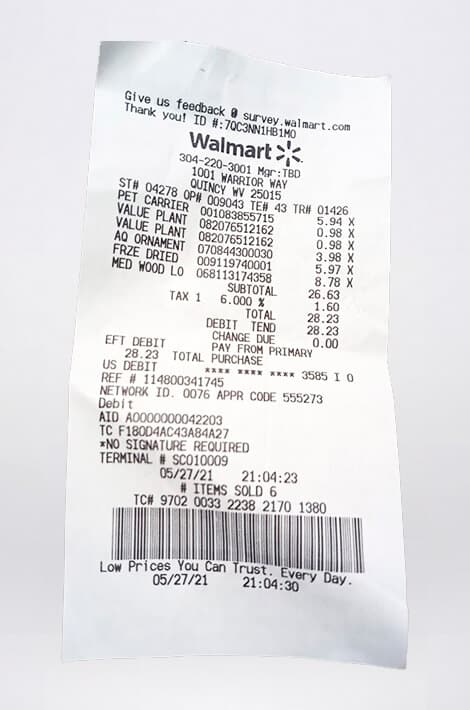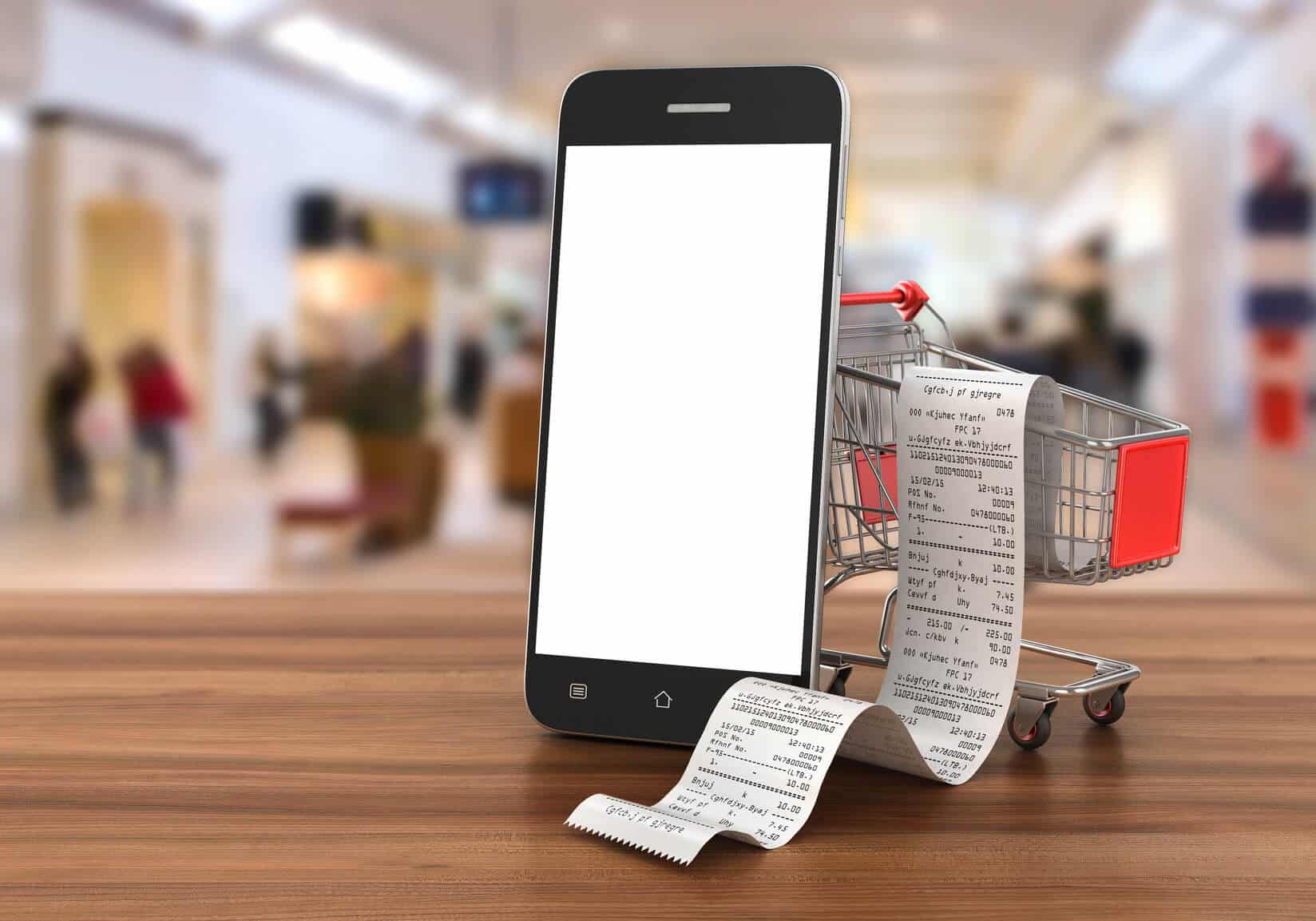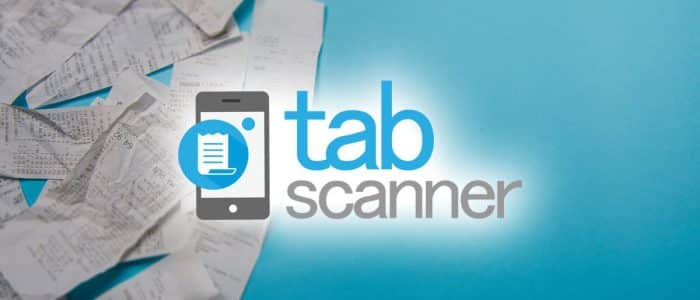Last Updated on January 9, 2025
Believe it or not, the roots of optical character recognition can be traced back to 1914 when the pioneering inventor, Emanuel Goldberg, developed a machine capable of identifying characters and converting each into standard telegraph code.
From this, Emanuel Goldberg developed the Octophone – the world’s first optical character recognition technology. A handheld scanner that when moved across a printed page producing tones that corresponded to individual letters and characters and letters. It has become known as the world’s first optical character recognition device.
Not content to rest on his laurels, over the next two decades, Emanuel Goldberg continued to develop what he called his ‘Statistical Machine’ which he used for searching microfiche archives. In 1931, he was officially granted USA Patent Number 1,838, 389. The patent was quickly acquired by IBM.
OCR Check Scanner Technology and Handwriting
Fast forward more than 80 years and optical character recognition software continues to evolve. We can now scan handwritten documents and convert all the information into digital format, which can then be saved and edited with ease on both mobile and desktop devices.
Of course, OCR check technology marching confidently towards achieving peak recognition capability. Yet, it must be noted that the technology isn’t completely infallible – yet. Despite being increasingly accurate in recording printed text and structured handwritten documents, OCR can still struggle to recognise the intricacies of poor or cursive handwriting.
However, OCR check scanner technology is becoming increasingly sought after throughout our personal and professional lives. This is no more apparent than in the areas of check OCR. It seems logical to assume that before too long transferring handwritten documents of all descriptions to digital data will hardly pose a problem on any desktop or mobile device.
The Advantages of Using OCR to Transfer Handwritten Checks to Digital Format
Let’s be frank, the advantages of OCR when transferring handwritten receipts to digital format are evident – not to mention significant. Not only does OCR save you considerable time and effort (you won’t have to transfer data manually) but the sophistication of the technology has now reached a point where optimal transfer accuracy is assured.
Mobile OCR check scanning will streamline business processes, making managing finances easier to manage than ever before. Receipts can be categorised and accessed anywhere, at any time – and best of all, you’ll never need to worry about the possibility of accidentally discarding or losing receipts ever again.
OCR and Handwritten Checks
Despite the widespread use of printed and e-receipts (e-checks), some small businesses still provide handwritten receipts as evidence of a proof of purchase. These handwritten receipts hold the same value as printed or e-receipts to buyers.
Receipt OCR technology can effectively identify each character on a line-by-line basis, extracting pertinent data. Numbers can be easily distinguished, with total expense accurately calculated. Indeed, in some ways, extracting numerical handwritten data is easier than extracting letter data. Why? Handwritten numbers have fewer discrepancies in character shape and size when compared to personal handwriting.
It seems obvious that handwritten documents do not pose the slightest problem for extracting data through optical character recognition. Whether transferring receipt data or large written documents to digital format, current generation OCR is leaps and bounds ahead of where it was 80 years ago – and surely will form an integral part in our lives in years to come!





